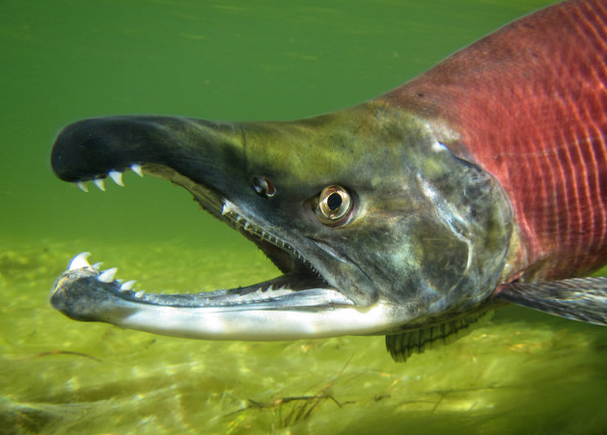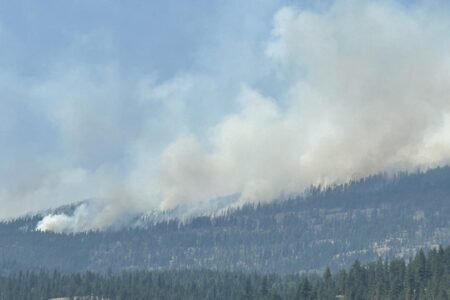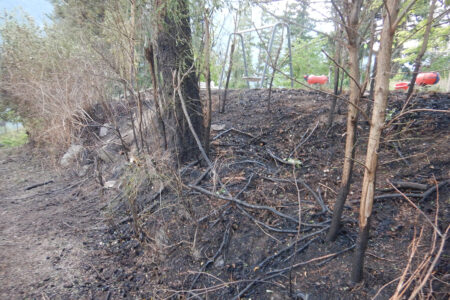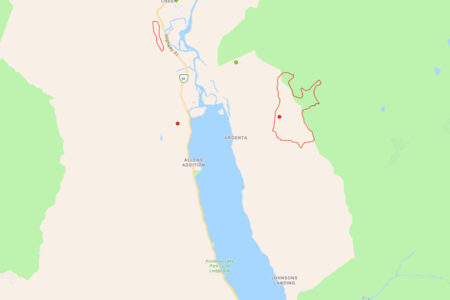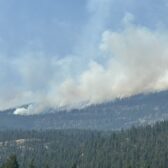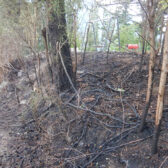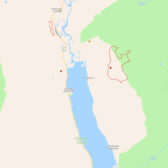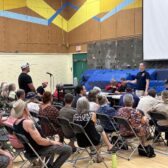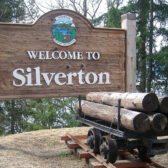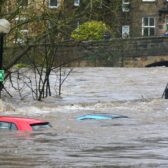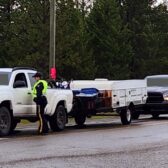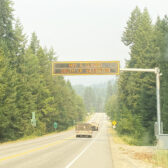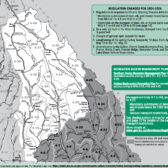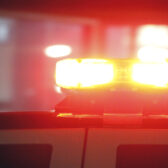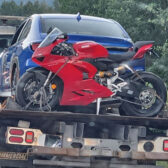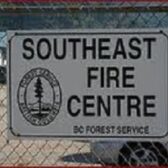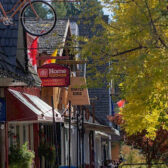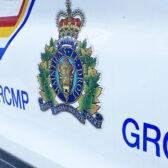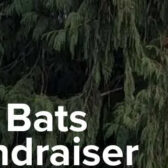Health of fish stocks in Kootenay Lake not improving: sportfisher
Despite the best efforts of the province in the last few years to resuscitate the stocks of kokanee salmon in Kootenay Lake, it seems the numbers of the vital ecosystem fish are not going up, says one sportfish outfitter.
Kerry Reed of Reel Adventures Sportfishing said the state of the lake hasn’t changed in five years in which concern over the yellow-listed species has increased.
“While there are still lots of rainbow and bull trout to catch, their size has not increased,” he said. “That, of course, is due to the lack of kokanee, which feeds the bigger fish.”
Like the Gerard rainbow, which feed on the kokanee when they’re small when there were lots of kokanee to eat.
Kokanee are landlocked sockeye salmon and are second only to rainbow trout as the most popular game fish in B.C.
But, according to the Ministry of Forests, Lands and Natural Resource Operations (FLNRO) the kokanee salmon is not at risk in British Columbia.
However, a provincial data sheet noted that reservoir formation has significantly reduced productivity, causing drastic declines in kokanee numbers, on Kootenay Lake and Arrow reservoir.
There are no known extinctions, although some populations (Okanagan Lake and Arrow Lakes) are in severe decline due to decreasing lake productivity, degraded stream habitat, and competition for food with an introduced freshwater mysid shrimp.
The economy and the reputation of Kootenay Lake is also at stake, said Reed. For tourists and non-fishermen, the fishing on the big lake is great, with lots of small fish to catch.
“But, the whole reputation of Kootenay Lake is built on catching the giant Gerrard rainbow, which people used to travel from all over to have this chance,” he said.
The main lake is open for fishing all year round, and this is where the majority of the economy is coming from, said Reed.
“If you look at the data, it shows that Kootenay Lake used to generate between $5-10 million per year,” he said.
Although Reed was concerned about the health of the fish stocks on the lake, there are a few things being done to hopefully help the situation, such as raising the limits of fish to be kept.
“But it’s all dependent on people fishing the lake,” he said.
“Unfortunately, there’s not near the amount of fishermen on the lake now as there was six years ago, so things aren’t changing much.”
Three years ago provincial biologists counted 18,000 spawning kokanee in the main body of Kootenay Lake and the waters that fed the lake, making it the lowest number since the count started in 1979. That was a drop from a high of 265 million eggs in 1981 to 4.26 million eggs in 2015.
In response, the province implemented several points to address the kokanee decline, including:
- changing fishing regulations to decrease kokanee harvest and increase Gerrard trout harvest;
- initiating an aggressive kokanee rebuilding program;
- initiating a study of kokanee across the province to identify stocks genetically suitable for future recovery efforts;
- continuing spawning channel operations, nutrient restoration and fish health testing; and
- supplementation of kokanee eggs in the Meadow Creek spawning channel.
In 2014 biologists planted 500,000 eggs in Kootenay Lake spawning channels and released an additional 95,000 fry in 2015, with another 500,000 fry released into the lake in 2016.
As well, the province put together a team of experts to formulate a five-year action plan to guide the recovery of Kootenay Lake kokanee stocks.
British Columbia’s government worked with First Nations, the Freshwater Fisheries Society of BC and the BC Wildlife Federation to put together the advisory team.
The upper west arm of Kootenay Lake can be fished all year, however, there is a limited opening of three days in the month of April, May, June, and July for kokanee retention.



